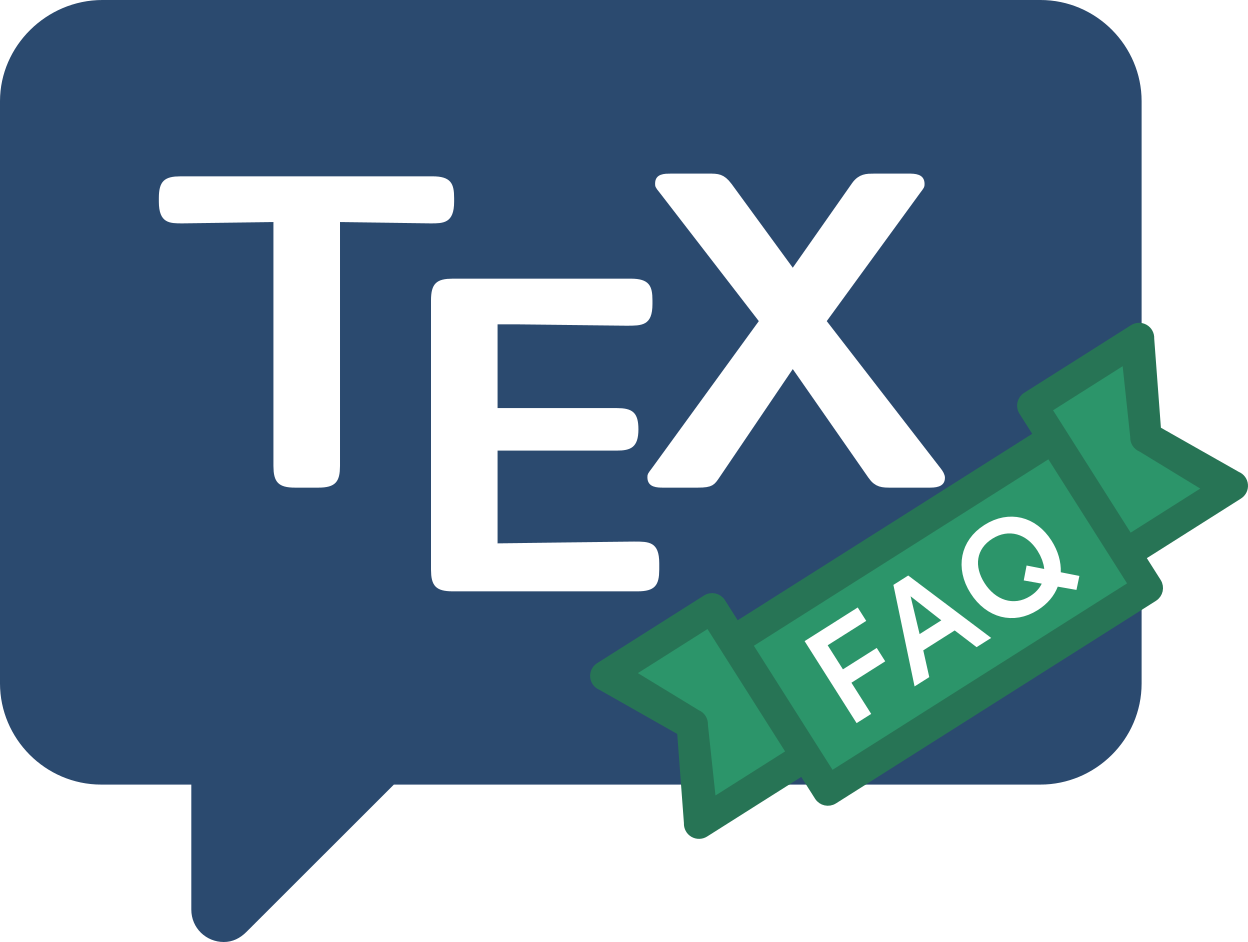
Frequently Asked Question List for TeX
Usage
Finding “8-bit” Type 1 fonts
Elsewhere, answers to these FAQs recommend that you use an “8-bit” font to permit accentuation of inflected languages, and also recommend the use of Type 1 fonts to ensure that you get good quality PDF. These recommendations used to be contradictory: one could not just “switch” from the free CM fonts to free Cork- (or similarly) encoded Type 1 fonts. The first approach that started to alleviate these problems, was the development of virtual fonts that make a good approach to the Cork encoding (see below). Now, however, we have “true” Type 1 fonts available: as always, we have an embarrassment of riches with three free alternatives, and one commercial and one shareware version.
CM-super is an
auto-traced set which encompasses all of the T1 and TS1
encodings as well as the T2* series (the family of encodings
that cover languages based on Cyrillic alphabets). These fonts are
pretty easy to install (the installation instructions are clear), but
they are huge: don’t try to install them if you’re short of disc
space.
CM-LGC is a similar “super-font” set, but of much more
modest size; it covers T1, TS1 and T2A
encodings (as does CM-super, and also covers the LGR
encoding (for typesetting Greek, based on Claudio Beccari’s MetaFont
sources). CM-LGC manages to be small by going to the
opposite extreme from CM-super, which includes fonts at all
the sizes supported by the original EC (a huge range);
CM-LGC has one font per font shape, getting other sizes by
scaling. There is an inevitable loss of quality inherent in this
approach, but for the disc-space-challenged machine, CM-LGC
is an obvious choice.
Tt2001 is a simple scan of the EC and TC
fonts, and has some virtues — it’s noticeably smaller than
CM-super while being less stark than CM-LGC.
Latin Modern is produced using the
program MetaType1. The
Latin Modern set comes with T1, TS1
LY1 encoded variants (as well as a variant using the Polish
QX encoding); for the glyph set it covers, its outlines seem
rather cleaner than those of CM-super.
Latin Modern
is more modest in its disc space demands than is
CM-super, while not being nearly as stark in its range of
design sizes as is CM-LGC —
Latin Modern’s fonts are offered in the same set of sizes as the
original CM fonts. It’s hard to argue with the choice:
Knuth’s range of sizes has stood the test of time, and is one of the
bases on which the excellence of the TeX system rests.
Virtual fonts help us deal with the problem,
since they allow us to map “bits of DVI file” to single
characters in the virtual font; so we can create an “é” character
by recreating the DVI commands that would result from the code
\e. However, since this involves two characters being
selected from a font, the arrangement is sufficient to fool
Acrobat Reader: you can’t use the program’s
facilities for searching for text that contains inflected characters,
and if you cut text from a window that contains such a
character, you’ll find something unexpected (typically the accent and
the “base” characters separated by a space) when you paste
the result. However, if you can live with this difficulty, virtual
fonts are a useful and straightforward solution to the problem.
There are two virtual-font offerings of CM-based 8-bit
fonts — the ae (“almost EC”) and
zefonts sets; the zefonts set has wider coverage
(though the ae set may be extended to offer guillemets by
use of the aeguill package). Neither offers characters such
as eth and thorn (used in, for example, in
Icelandic), but the aecompl package works with the
ae fonts to provide the missing characters from the
EC fonts (i.e., as bitmaps).
The sole remaining commercial CM-like 8-bit font comes from Micropress, who offer the complete EC set in Type 1 format, as part of their range of outline versions of fonts that were originally distributed in MetaFont format. See “commercial distributions”.
The shareware BaKoMa TeX distribution offers a set of Type 1 EC fonts, as an extra shareware option. (As far as the present author can tell, these fonts are only available to users of BaKoMa TeX: they are stored in an archive format that seems not to be publicly available.)
Finally, you can use one of the myriad text fonts available in Type 1 format (with appropriate PSNFSS metrics for T1 encoding, or metrics for some other 8-bit encoding such as LY1). However, if you use someone else’s text font (even something as simple as Adobe’s Times family) you have to find a matching family of mathematical fonts, which is a non-trivial undertaking — see “choice of scalable fonts”.
FAQ ID: Q-type1T1